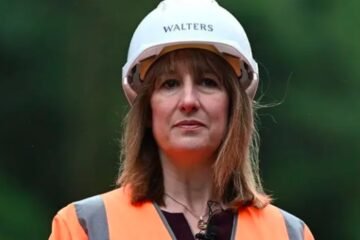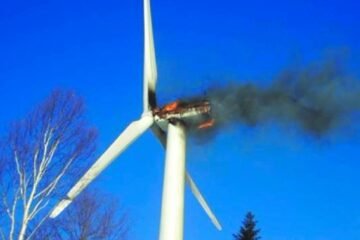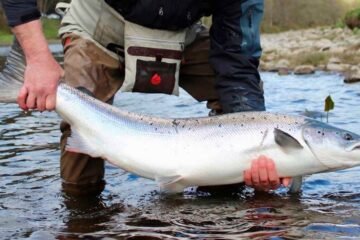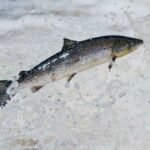A steep decline in breeding flocks has rattled Scotland’s rural heartlands, with upland farms squeezed by climate policy, land use shifts, and rising costs.
Sheep numbers in Scotland have dropped to the lowest level ever recorded, sparking urgent warnings from farming leaders. Below 2.5 million breeding sheep remain across the country – a fall that’s hitting the hills and uplands the hardest.
Many say this isn’t just a farming issue. It’s a cultural crisis. And the people left on the land are starting to feel like relics of a system that policymakers have quietly moved on from.
Upland farms under pressure like never before
Remote sheep farms in the Highlands and Borders – the kind of places where generations have raised flocks under brutal weather and tight margins – are being hit from all sides.
Costs are up. Fuel. Feed. Vet bills. Add the stress of trying to find seasonal labour and it’s no wonder some farmers are starting to pull the plug.
Others are being priced or policy-ed out.
Peter Myles, chair of the National Sheep Association (NSA), didn’t mince words: “We’ve looked back through 125 years of data. This is one of the biggest declines we’ve ever seen – even compared to wartime or foot and mouth.”
He’s talking about a fall of over half a million breeding sheep since the early 1900s.
And lately, the pace of decline has quickened.
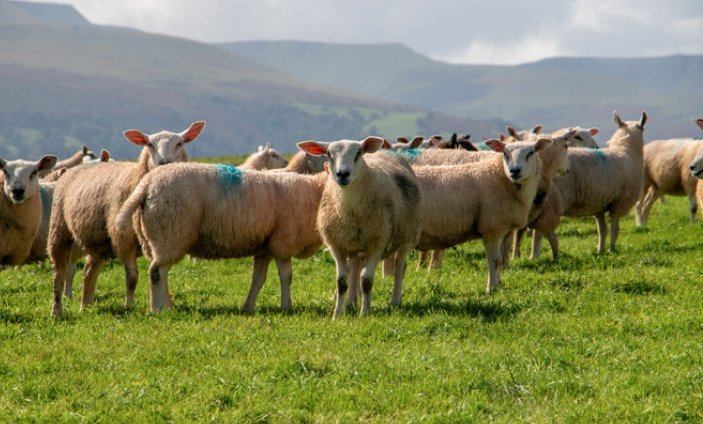
Rewilding and carbon schemes change the map
In parts of Scotland, land use is shifting faster than a hillstorm. Rewilding, tree planting, and carbon offsetting are pushing sheep off land they’ve grazed for centuries.
Here’s what’s happening on the ground:
-
Landowners are selling plots to green investment firms.
-
New owners reforest or “rewild” land to capture carbon.
-
Grazing rights are removed. Sheep go. So do the shepherds.
“We’re being erased from the conversation,” said one hill farmer from Peeblesshire. “And from the map.”
Supporters of these changes argue they’re essential for Scotland’s climate goals. But many farmers say it’s short-sighted – an environmental land grab that forgets the people already caring for the land.
The emotional toll on rural Scotland
Behind the numbers, there’s a personal side to all this – and it’s heavy.
One 29-year-old sheep farmer from Aberdeenshire says he’s “probably the last” in his family line to do the work. His dad farmed the same land. His grandfather too. But he’s eyeing a job in forestry now.
“It’s tough to walk away,” he said, “but what are we hanging on for?”
That sense of loss isn’t just economic. It’s emotional. With every flock that disappears, another layer of rural memory fades.
Numbers don’t lie: A century of shrinkage
The scale of change is stark. Here’s a quick look at the numbers:
| Year | Estimated Breeding Sheep in Scotland |
|---|---|
| 1900 | ~3.0 million |
| 1950 | ~2.8 million |
| 2001 | ~2.6 million (foot and mouth year) |
| 2025 | Just under 2.5 million |
That last figure? The lowest since national records began.
And it’s not just total numbers. NSA says over 50,000 breeding ewes have disappeared from upland areas in just the past decade. Quietly. Without much notice.
Not all doom – but a shift in identity
There’s still pride in sheep farming. Lots of it. But something’s changing. And not everyone’s ready.
Some farmers are diversifying: agri-tourism, direct meat sales, even online wool stores. A few have pivoted to forestry or sustainable land management roles. But many feel left behind.
One older shepherd near Lochaber said: “I’ve worked these hills 40 years. Feels like no one sees us anymore.”
Short sentence. Long meaning.
Policy crossroads ahead
All eyes now turn to the Scottish Government’s next agricultural support package, set for review in 2026. NSA wants sheep farming baked into climate policy – not boxed out by it.
They’re asking for:
-
Clear protections for upland grazing
-
More funding for marginal farms
-
Recognition of sheep as part of environmental stewardship
Myles said bluntly, “We don’t want handouts. Just policies that understand what we do.”
And he’s not alone. Several MSPs from rural constituencies have raised the alarm too, warning that if support doesn’t change course, Scotland risks losing not just sheep – but shepherds, families, and whole ways of life.
Who will be left to farm the hills?
Maybe that’s the biggest question.
What happens when the last young farmer gives up? When the skills to manage upland landscapes are lost? When only tourists and trees remain?
For now, the hills still echo with bleats – but quieter than before.

